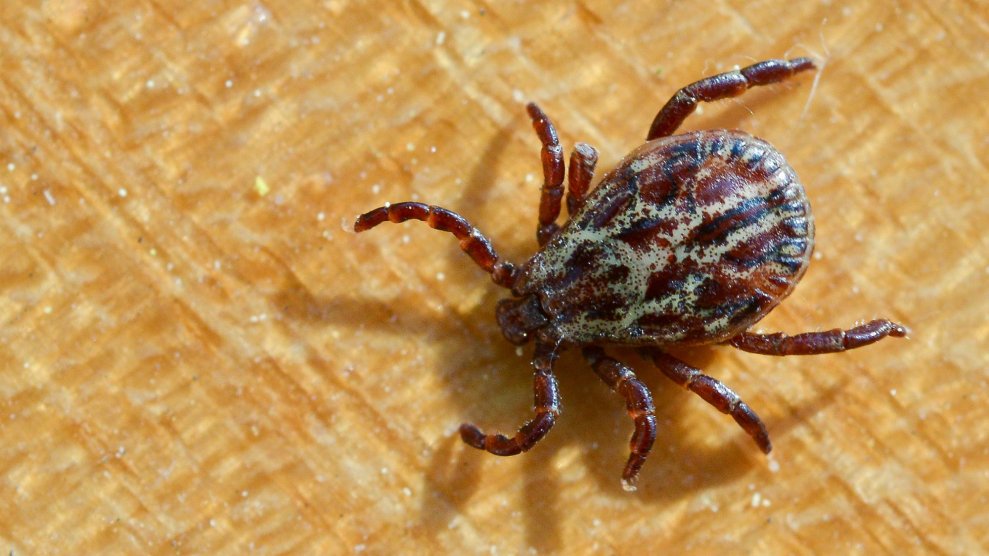Climate Change Pushes Ticks Into Canada, Bringing Lyme Disease (and Confusion) With Them
 Ticks carried by migratory birds have been raining down on Canada for years. But it’s only in the last 10 to 15 years, amid a changing climate and the creation of new habitats in the north, that populations of deer ticks (Ixodes scapularis) have been able to establish a permanent beachhead in Canada. They have brought with them a variety of tick-borne diseases, the most common of which is Lyme.
Ticks carried by migratory birds have been raining down on Canada for years. But it’s only in the last 10 to 15 years, amid a changing climate and the creation of new habitats in the north, that populations of deer ticks (Ixodes scapularis) have been able to establish a permanent beachhead in Canada. They have brought with them a variety of tick-borne diseases, the most common of which is Lyme.
According to Canada’s Lyme surveillance efforts, the number of reported Lyme cases increased more than six-fold from 2009 (144 reported cases) to 2016 (987 reported cases). And while public awareness of the disease is increasing in Canada as caseloads surge, many patients still struggle to get diagnosed and treated—enough so that many of them have been driven to seek help beyond the country’s borders, or even from alternative medicine practitioners with questionable expertise but in some cases, a more sympathetic ear.
“There are people who are really suffering,” says Tara Moriarty, an associate professor in the Faculty of Dentistry at the University of Toronto who studies the dissemination of blood-borne pathogens. That suffering, she says, “has made a lot of people feel very marginalized.”
No comments:
Post a Comment